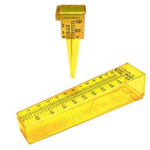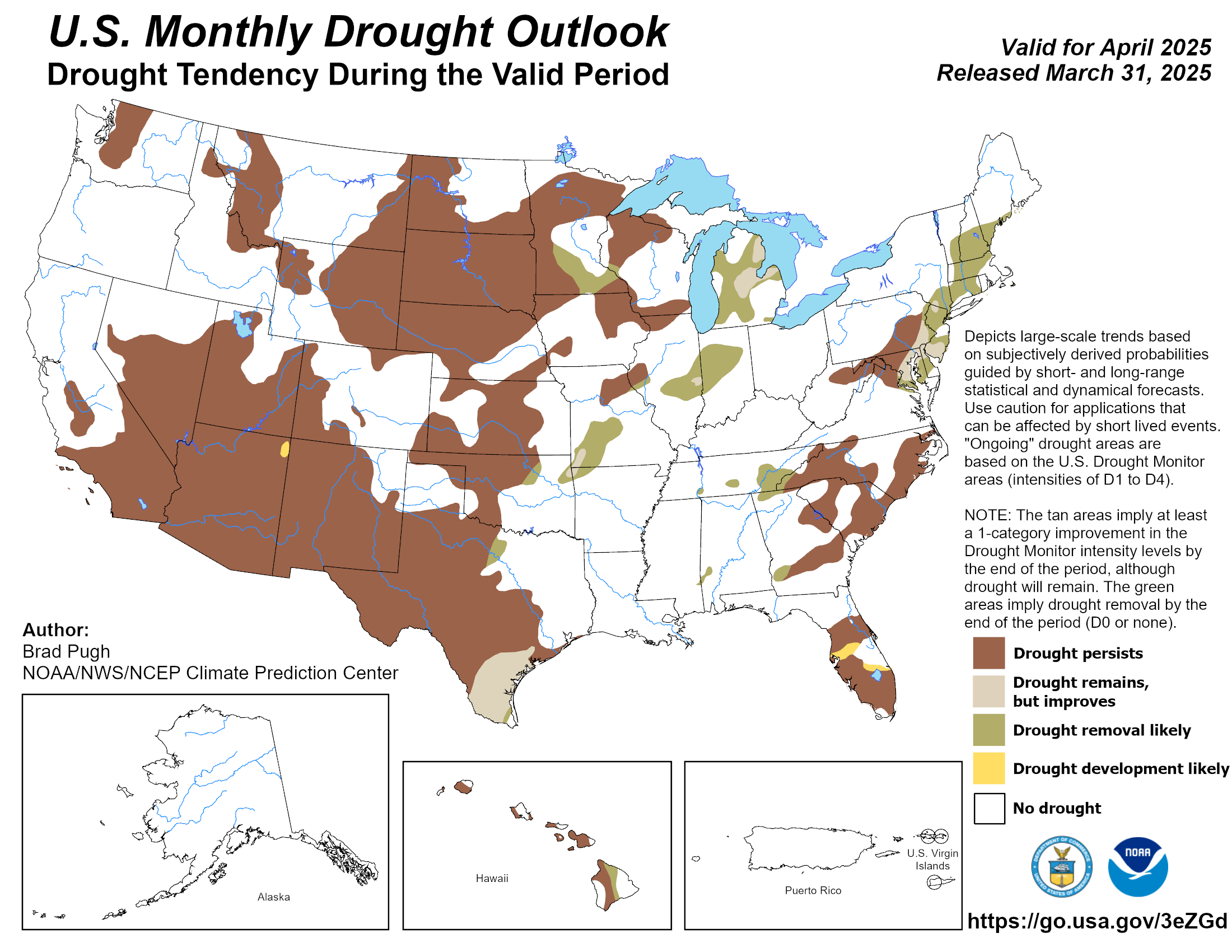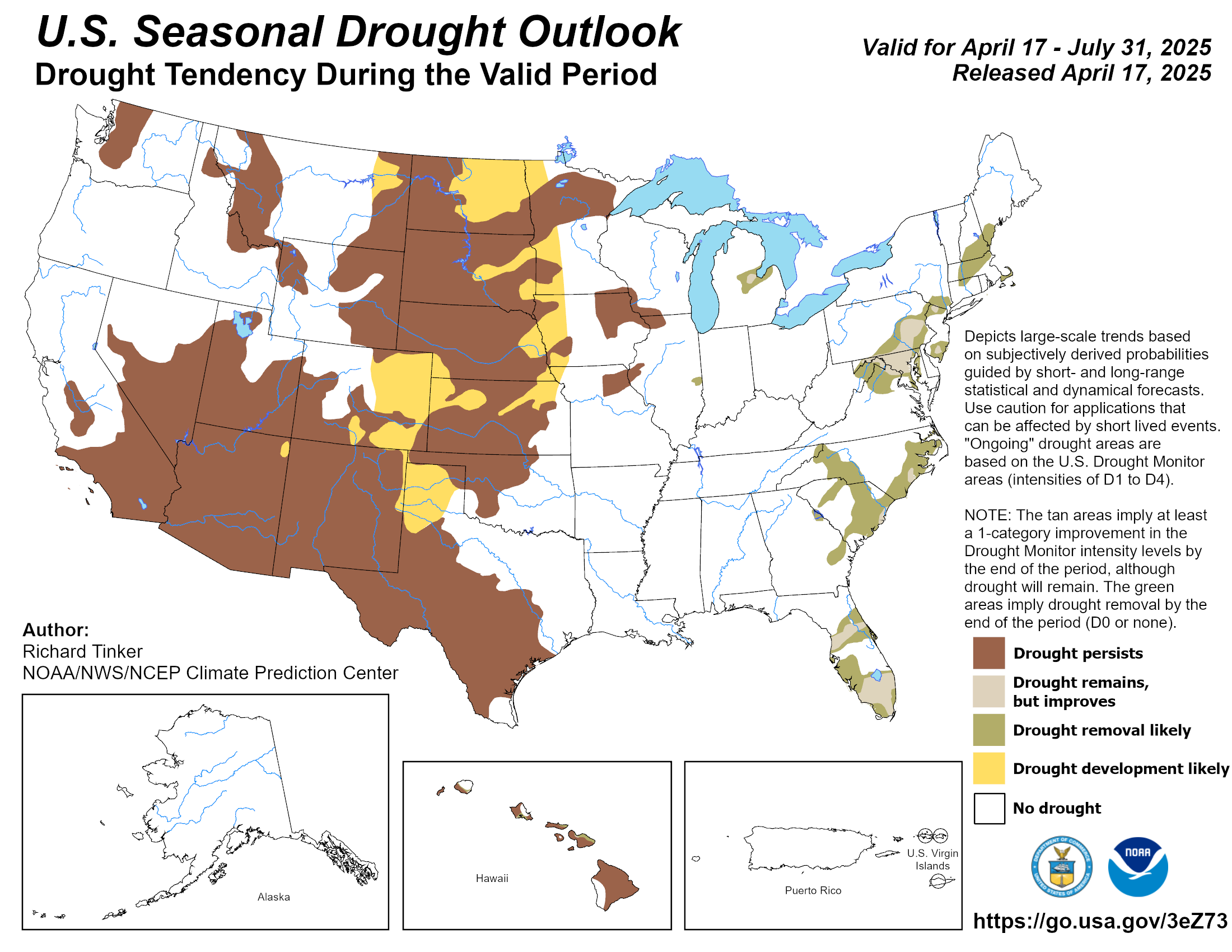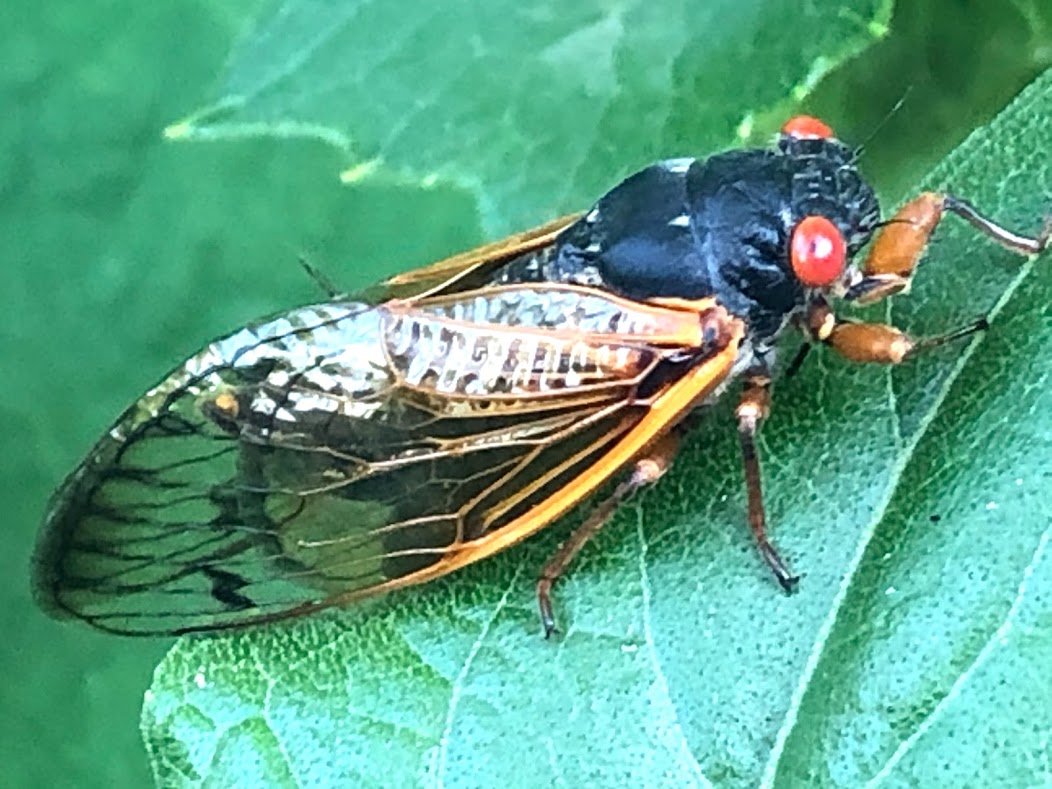
Brood X Cicadas dominated the headlines in June 2021, although flooding rains washed away some of the cicada news during the third week of the month.
Regional Climate Report – June 2021>>>
June 18-19, 2021 — Severe Weather and Flash Flooding>>>
June 11, 2021 — Tornado in Lewis County KY>>>





Crossroads West church hosted a festival and fireworks on the last Saturday in June, signaling a return to some normalcy after the long COVID winter.
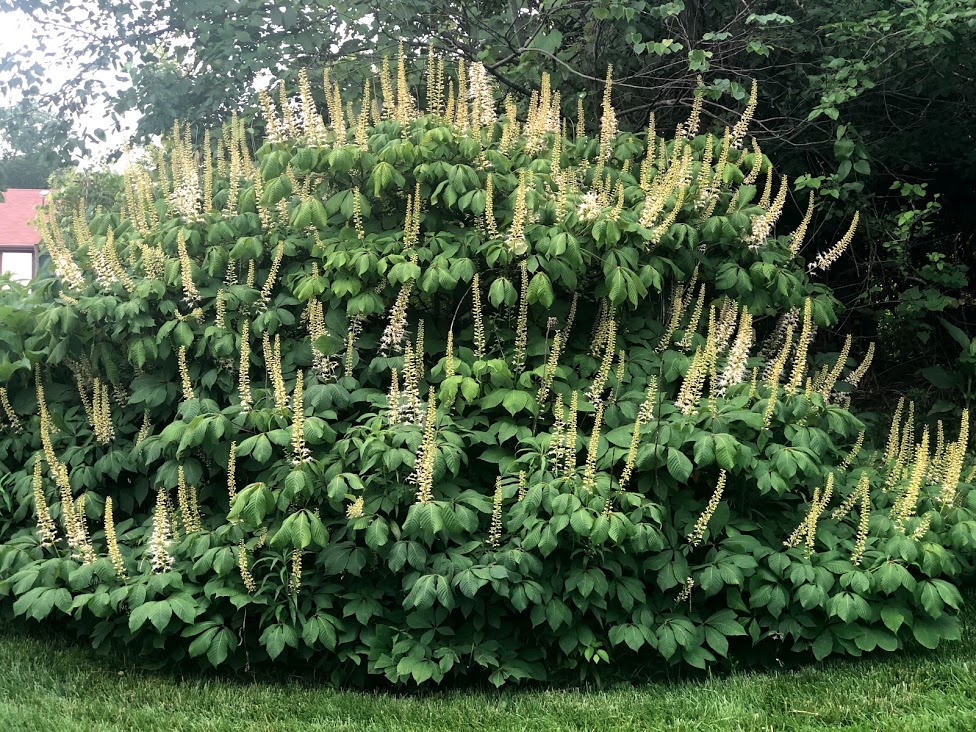
June bloom of the bottlebrush buckeye.

June bloom of the common milkweed and butterfly weed.








 >>>
>>>
